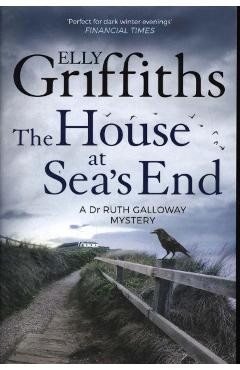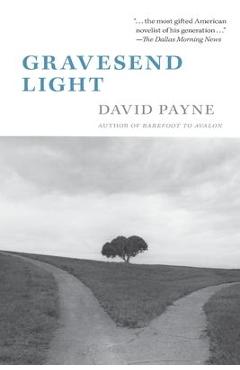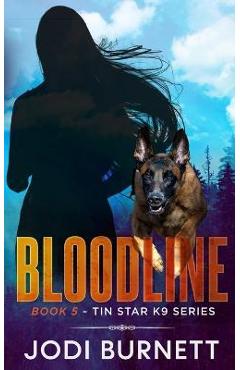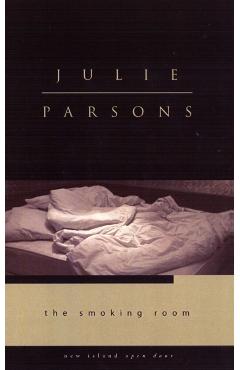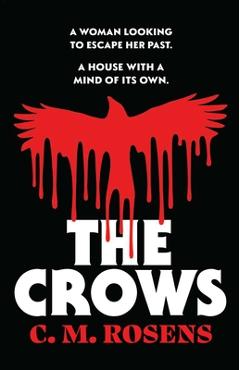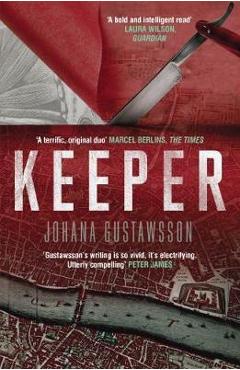The Girls of Fog
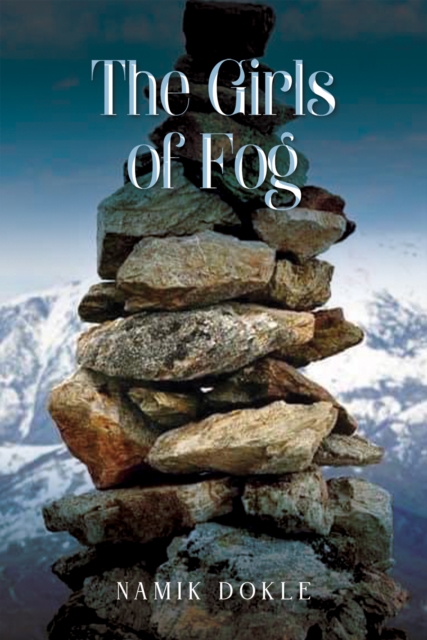
The Girls of Fog
The ancient settlement has also welcomed more inhabitants of various origins, from the good-looking Vlachs and the knowledgeable Jews to the brave and proud highlanders. It is a village where "men of turn grey when still children and see better at night than at daylight," as Majka, a supposedly 300-year-old woman forgotten by death, says.
It is precisely in this microcosm of the Albanian Gora - where the obligatory norms of a new life stipulated by the dictatorship of the proletariat try to enroot themselves with the ruthlessness and harshness that characterized the fifties - that the novel's events are narrated through the scrutinizing and suspicious outlook of a child.
The violent attempt to uproot a person's memory, their identity, turns into savageness towards everything that is human, including the ownership of the land, the use of pastures in the border area, the celebration of St. George, wedding customs, Majka's prayers, the song of the girls.
PRP: 67.93 Lei
Acesta este Pretul Recomandat de Producator. Pretul de vanzare al produsului este afisat mai jos.
61.14Lei
61.14Lei
67.93 LeiLivrare in 2-4 saptamani
Descrierea produsului
The ancient settlement has also welcomed more inhabitants of various origins, from the good-looking Vlachs and the knowledgeable Jews to the brave and proud highlanders. It is a village where "men of turn grey when still children and see better at night than at daylight," as Majka, a supposedly 300-year-old woman forgotten by death, says.
It is precisely in this microcosm of the Albanian Gora - where the obligatory norms of a new life stipulated by the dictatorship of the proletariat try to enroot themselves with the ruthlessness and harshness that characterized the fifties - that the novel's events are narrated through the scrutinizing and suspicious outlook of a child.
The violent attempt to uproot a person's memory, their identity, turns into savageness towards everything that is human, including the ownership of the land, the use of pastures in the border area, the celebration of St. George, wedding customs, Majka's prayers, the song of the girls.
Detaliile produsului










